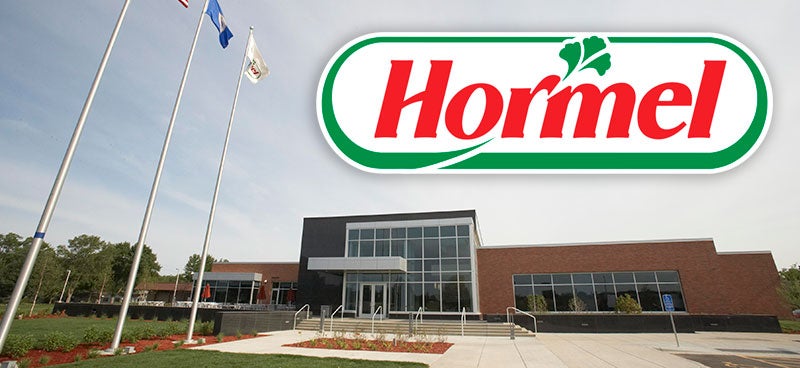Grow Austin makes Minnesota Job Growth Fund more accessible locally
Published 12:57 pm Saturday, October 14, 2017
Austin’s new job growth initiative was designed to piggyback on a state program. The Minnesota Job Growth Fund, however, has had no takers in Mower County. Architects of Grow Austin hope to change that as they raise awareness of both programs and get entrepreneurs two helping hands in creating quality paying jobs.
Grow Austin received its final approval this week when the Mower County Board voted to participate. Commissioners expanded the program’s scope by making its financial contribution — $30,000 annually with a fund balance cap of $150,000 — available to qualifying business applicants throughout the county.
Applicants whose business proposals are within Austin city limits are eligible for city and county funding.
“I’m glad to hear they are doing it,” said John Garry, president and chief executive officer of the Development Corporation of Austin. One of the things the DCA wants to get out of Grow Austin, whether inside or outside of the city, is to spread the word about incentives available to businesses in the county.
“I think it’s really important making sure the business already here knows about this and have every chance to benefit from it,” Garry said. “From the get-go, we wanted to make sure it was there for local businesses.”
Austin City Administrator Craig Clark applauded the county’s move, noting it is not unprecedented. The county and city are engaged in a similar situation for a tax abatement program for housing.
Job growth beyond its borders can benefit the city as well, Clark said.
Qualifying for Grow Austin, which offers a rebate on capital expenses that lead to job creation, actually should help applicants qualify for Minnesota Job Creation Fund assistance, Garry said. Local support of a business project gives a scoring boost to applicants for the state program.
Grow Austin is a one-time deal, however. Businesses can access the state program multiple years.
Garry will try to get the word out. Much of his efforts will include “boots on the ground,” talking with business owners personally and following up leads on those who could benefit.
Grow Austin, which also includes a cash rebate component from Austin Utilities, is unique in the state, he said.
The absence of Job Creation Fund money flowing into Mower County was not surprising to Clark, who said the program was not designed to succeed in Greater Minnesota as much as it was for larger metropolitan areas. The criteria set for the state program put it out of reach for many rural businesses. It was a shortcoming that the Coalition of Greater Minnesota and the League of Minnesota Cities successfully advocated for adapting the criteria for different areas.
For example, the requirement of $500,000 in capital investment was not realistic for many rural businesses, he said.
“The premise is that economic development happens different in Greater Minnesota than the Twin Cities,” Clark said. “Our businesses don’t grow in that kind of increment.”
The new $250,000 requirement is more in line with the pace of growth rural businesses can expect.
“The program’s probably best tailored to existing business and small businesses,” Clark said, noting that growth and development is a strategic goal of the City Council. This program is intended to make Austin a leader in southern Minnesota in such development. It also is structured to bring in good-paying jobs, because the “prevailing median income is challenge for the community.”





